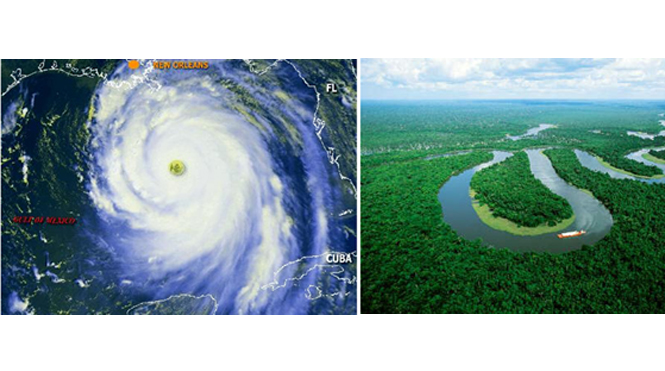previous | next
Our relationship with the natural environment has always been tricky. Adversary and benefactor, as much as it has shaped us (and we, it), nature's significant lessons or potential strategies might have largely been missed thus far. In fact, already embedded in the organisms and landscapes that surrounds us are the keys and means to how we will live over the coming centuries.
It's just recently, though, that we're recognizing it. Whether solar-reactive, fractally-structured, materially-regenerative, or swarm-organized, within nature are adaptations and tools we can deploy for greater efficiency, effect, or comfort into our built and designed environment. By better understanding the precision and complexity of billion-year-old natural strategies, we're privileged with a surprisingly detailed and accurate prediction of our own future methods of building cities, designing facades, and surviving climatic shifts as we negotiate a tenable connection with our surroundings.
The presentation will focus on architectural proposals that by finding inspiration for their development in nature processes, systems, functions and forms are able to co-exist with nature rather than exploit it. In my most recent book "Architecture Follow Nature. Biomimetic Principles for Innovative Design" I seek to instill a shift in thinking about the application of biological principles to design and architecture and focus on the analysis of how organisms have adapted to different environments and translates the learned principles into the built environment. In order to do so, students and I drew inspiration from the diversity of animal coverings, i.e., the skin, and applied them in 12 case studies for the design of building envelopes.
Moving beyond a consolidate, reductive vision and revealing new potentials of the environment, the XXI Century is calling for an expanded, interconnected interplay with nature. Interdisciplinary collaborations between scientists and the creative fields can quickly evolve our innovative processes, assisted and enhanced by technology, but this at times create a lost in translation moment. How to harvest the potentialities of this moment, of this gap, is the great opportunity bestowed upon the creative mind which has to appropriate what is still not so well defined and uncertain, yet critical to the well being of our species among all!
images couretsy: sky-chaser; all-creatures
|

